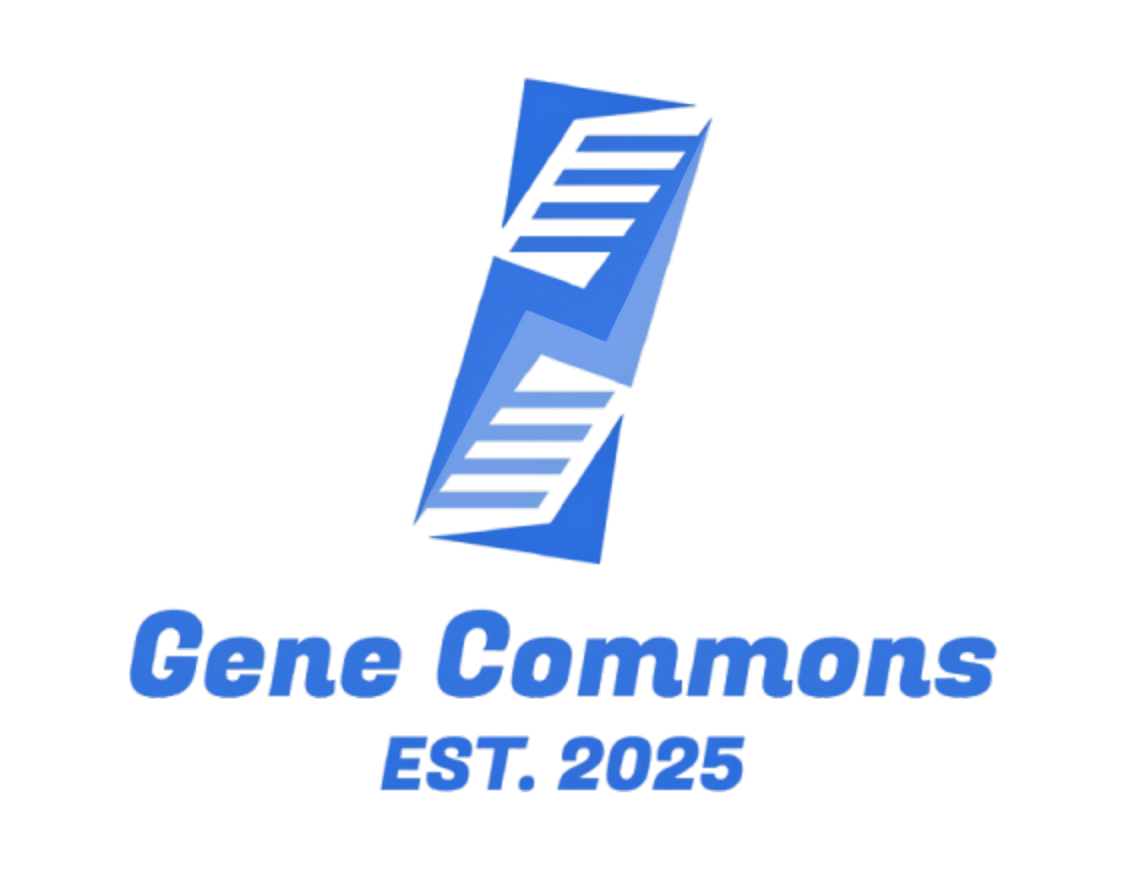When a baby is born with a structural difference, what we often call a “birth defect”. Doctors try to describe it in concrete terms. Not all anomalies are the same. Some result from something going wrong in the blueprint, others from damage during construction, and others still from pressure on an already formed body part.
To understand what went wrong and how to prevent or manage it, we use seven key terms:
Malformation
Disruption
Deformation
Dysplasia
Sequence
Syndrome
Association
Let’s explore each of them with stories and real-life examples.
1. Malformation
The body part didn’t form properly from the beginning
Imagine trying to bake a cake, but the recipe itself is flawed. No matter how well you mix or bake, the cake comes out wrong. That’s what a malformation is: a body part that never had the correct instructions to form normally in the first place.
Malformations happen early in pregnancy, during the first 8 weeks of fetal life—what we call the embryonic period. They can occur as an isolated event or due to caused by gene mutations, chromosomal abnormalities, or early exposure to harmful substances (teratogens). It is caused due to an intrinsic defect, which means one of the cellular or molecular pathways important for organogenesis is affected. Malformations usually do not progress and remain static.
Example: Cleft lip
In cleft lip, the tissues that normally join to form the upper lip fail to come together. This happens not because of an injury or external force, but because the genetic or molecular instructions that guide facial development were disrupted. The result? The lip never formed properly to begin with, a classic malformation.
Other examples:
- Spina bifida (malformed spinal cord)
- Heart defects like Tetralogy of Fallot
2. Disruption
The part was forming normally, but something broke it mid-way
Now imagine the recipe is perfect and the cake is rising beautifully—until someone opens the oven and pours water on it. The end product is ruined not because the plan was bad, but because something interfered with the process. That’s a disruption.
Disruptions occur when a structure that was developing normally gets damaged, interrupted, or destroyed by an external factor, such as poor blood supply, mechanical trauma, infection, or a toxic chemical. It is a non-progressive, congenital morphologic anomaly due to the breakdown of a body structure that had a normal developmental potential.
Example: Amniotic band syndrome
Here, strands from the amniotic sac wrap around parts of the baby, cutting off blood flow. The limb was originally developing normally, but the band constricted it, leading to amputation or deep indentations. The tissue is lost or damaged.
Other examples:
- Scarring or limb loss from maternal varicella (chickenpox) or cytomegalovirus infection
3. Deformation
The part is normal but gets bent or squeezed out of shape
This time, the cake is perfect, but someone sits on it while it’s cooling. It’s misshapen now, but the cake mixture was fine. A deformation is when a body part forms normally, but is physically distorted due to unusual pressure during development.
Deformations typically happen in the last trimester of pregnancy when the baby is growing fast and space in the womb gets tight. Common causes include low amniotic fluid (oligohydramnios), uterine abnormalities, or multiple gestation (twins or triplets crowding each other).
Example: Clubfoot
In clubfoot, the feet are twisted inward. If this is due to restricted space in the uterus (say, because of low amniotic fluid), the feet were developing normally. But physical pressure curled them. This makes it a deformation.
Other examples:
- Flat head (plagiocephaly) due to uterine pressure
4. Dysplasia
The material itself is abnormal
In this case, the recipe is perfect, the process is perfect, but the flour itself is spoiled. Even if you follow every instruction, the cake won’t rise right. A dysplasia means the tissue itself is abnormal. The cells that make up bone, skin, cartilage, etc., are flawed in how they grow, organize, or mature.
This isn’t about shape or external forces, but microscopic cellular errors, often genetic, that affect one tissue type and show up in all parts of the body where that tissue exists. Dysplasia can progress over time unlike malformation, disruption or deformation.
Example: Achondroplasia
This is the most common form of short-limbed dwarfism. Here, cartilage cells (chondrocytes) don’t grow and mature properly, leading to short stature, bowed legs, and a large head. The tissue—cartilage—is intrinsically abnormal. That’s dysplasia.
Other examples:
- Ectodermal dysplasia (abnormal teeth, hair, sweat glands)
- Osteogenesis imperfecta (brittle bone disease)
5. Sequence
One problem triggers a domino effect
Let’s say someone leaves the flour out, and it goes bad. You use it anyway, and now the whole cake collapses. A sequence is when one primary anomaly sets off a cascade of other issues—not directly caused by a genetic mutation, but by the consequences of the first defect.
Example: Pierre Robin Sequence
It starts with a small lower jaw (micrognathia), which pushes the tongue backward (glossoptosis), which then prevents the roof of the mouth from closing, leading to a cleft palate. Here, one small initial defect in jaw size causes a series of interconnected problems. This is a sequence, not a syndrome.
Other examples:
- Potter sequence (kidney failure → low amniotic fluid → lung hypoplasia, flat face, clubfoot)
- Fetal akinesia sequence (lack of movement → joint contractures → facial flattening)
6. Syndrome
A collection of anomalies from a single known cause
Now think of a factory with a faulty power supply. Every product comes out defective in that case. A syndrome is when multiple, seemingly unrelated anomalies all occur together because of a common cause, usually genetic.
A syndrome often involves malformations, but can also include deformations, disruptions, dysplasias, or sequences, all under one umbrella diagnosis.
Example: Down syndrome
Caused by an extra copy of chromosome 21 (trisomy 21), Down syndrome includes a mix of features: distinct facial appearance, heart defects, intellectual disability, and hypotonia. All of these happen because of the same chromosomal abnormality.
Other examples:
- Noonan syndrome (heart defects, short stature, wide neck)
- CHARGE syndrome (Coloboma, Heart defect, Atresia choanae, Retarded growth, Genital anomalies, Ear anomalies)
7. Association
Things often seen together, but we don’t know why
Sometimes, doctors notice a group of features that tend to show up together at a higher frequency than what is expected by chance. However, no clear common cause has been found yet. This pattern is called an association. It helps in clinical diagnosis and surveillance, even if the root explanation isn’t known.
Example: VACTERL association
VACTERL stands for Vertebral defects, Anal atresia, Cardiac anomalies, Tracheo-Esophageal fistula, Renal anomalies, and Limb abnormalities. These defects often appear together more than by chance, but no single gene explains it. Until a common cause is found, we call it an association.
Other examples:
- MURCS association (Müllerian agenesis, Renal aplasia, Cervicothoracic spine anomalies)
Join Our Google Group
Join our google group and never miss an update from Gene Commons.
Disclaimer: Genecommons uses AI tools to assist content preparation. Genecommons does not own the copyright for any images used on this website unless explicitly stated. All images are used for educational and informational purposes under fair use. If you are a copyright holder and want material removed, contact doctorsarath@outlook.com.


No responses yet